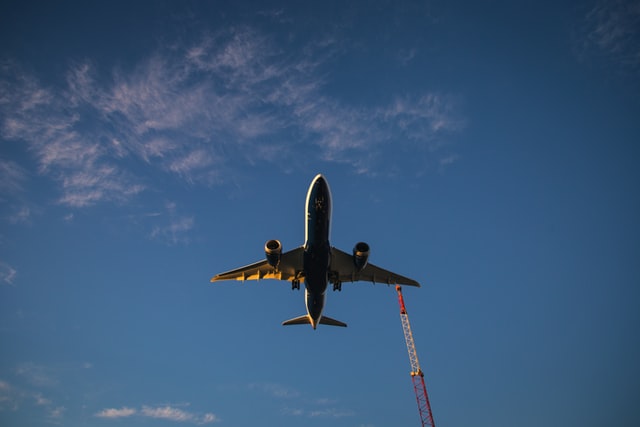-
The World Health Organization’s logistics chief said increases in airfreight rates are threatening to make the movement of vaccines difficult
-
Combined with the huge shift towards internet retailing, airfreight is experiencing a moderately robust recovery in demand
-
But although volumes are rising, the supply side has been unable to provide needed support due to lack of aircraft bellyhold space
The World Health Organization’s (WHO) head of logistics is decrying the “outrageous” airfreight charges for vaccine-related shipments amid the pre-holiday rush.
Paul Molinaro, WHO chief of operations support and logistics, told Reuters that “across the board” increases in airfreight rates especially since November were threatening to make the movement of vaccines to emerging nations more difficult.
He mentioned a price quoted for the movement of a shipment of dry ice as an example, saying, “I just had a quote from a cargo (company)—a big one that shall remain nameless—Dallas (Texas) USA to Sierra Leone, Freetown—at sort of $105 a kilo, which is outrageous actually.” Dry ice is used to keep products like vaccines at cold temperatures.
The “normal price” would be $4 to $6 per kilogram, he told the news agency.
In the present state of the market, this is perhaps not very surprising, observed transport and logistics market data provider Transport Intelligence (Ti).
“Consumer demand in the US is strong and the need to sustain inventory is not helped by the level of congestion in container shipping. Combined with the huge shift towards internet retailing, airfreight is experiencing a moderately robust recovery in demand,” it said.
However, the supply side is unable to meet growing volumes as capacity remains insufficient, said the Association of Asia Pacific Airlines (AAPA). The air transport industry, AAPA explained, is being held back by the lack of passenger service bellyhold space as pandemic-related border restrictions impacted air travel and forced airlines to park their fleet.
The International Air Transport Association said its October data showed that the volume of cargo capacity available as defined by “available cargo tonne-kilometers” was down 22.6% as compared to last year. The amount moved—measured in cargo tonne kilometers—was down 6.2%; however, the load factor was up, at 57.6%, and this is what is driving the market.
“It might be expected that capacity would be tight prior to Christmas and that this situation will ease in the early New Year. The impact on the ability of pharmaceutical shippers to access this capacity however is very uncertain,” said Ti.
Indeed, as the various vaccines are deployed in nations such as the UK and US, economic demand is likely to recover very quickly, it added. This may include demand for air services leading to near-moribund airlines reviving their fleets.
However, there is likely to be a difference in the timing of recovery between different parts of the world and this will affect both demand for and the supply of air services.
“Broadly it might be suggested that the state of the market will be one of recovery; however, the swings in prices may be as volatile as those seen in March or April,” Ti said.





